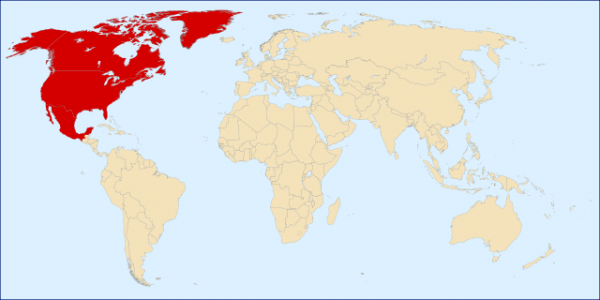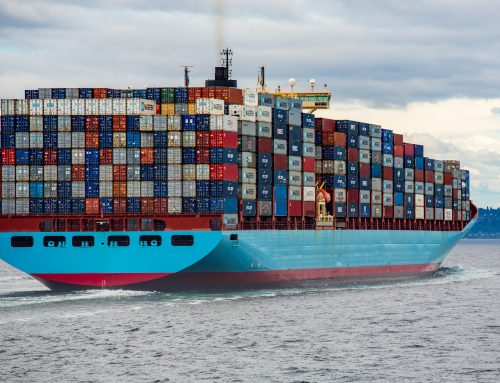As July 1st, 2020 draws nearer, the timeline draws near for USMCA to be enacted, it’s increasingly important for importers to stay informed. We’ll be covering a baseline level of information to help you get ready.
First and foremost, you might have noticed that there is a different naming convention for the agreement based on which country it’s being mentioned in. For reference:
- In the US, the agreement is USMCA: United States-Mexico-Canada-Agreement
- In Canada, the agreement is CUSMA: Canada-United States-Mexico-Agreement
- In Mexico, the agreement is T-MEC: Tratado Mexico, Estados Unidos, Canada

Here is the CBP Notice: U.S. – Mexico – Canada Agreement (USMCA).
While you may have already heard of USMCA, you will need to know the ins and outs of how it’ll change the documentation you provide and process you follow for imports.
After July 1st, importers will no longer be able to submit a NAFTA certificate to claim reduced duties. Under USMCA, a Certificate of Origin will be required — along with a few new specifications as stipulated in the agreement.
There is no established, formal certificate, equivalent to a NAFTA certificate. As such, the onus will be on the importer to ensure their documentation is accurate and complete.
Here is a brief summary of what is required in a Certificate of Origin
Importer, exporter, or the producer: the party certifying the origin.
The certifier: the information for the party above
The exporter: the identifying and contact information — including country!
The producer/manufacturer: their information, including contact, country, etc.
The importer: information like contact, country, etc.
Description of the goods and the HS Tariff Classification
Origin criteria: Using CUSMA, identify the criterion that the goods qualify under.
Blanket period: Stipulate if the certification should apply to multiple shipments of the same goods.
Authorized Signature and Date
Other things to note for USMCA:
Imports that fall under NAFTA may not automatically benefit from USMCA. While NAFTA does have similarities, it is not the same agreement. As such, importers will need to be well versed in the new requirements to make sure that goods still qualify.
In the agreement, there is an overview of goods by HS tariffs, along with exemptions of note.
The process for obtaining a certification:
Importers should take a close look at their supply chain. Get in contact with your manufacturers, suppliers, vendors, etc. based in Mexico or Canada and ensure they’re aware of the new agreement.
With regulations such as this, much of the responsibility falls on other segments of the supply chain, rather than importers, to get ready for USMCA.
However, it is possible for importers to certify the imported goods, but may be subject to an audit. In these instances, it is important to keep accurate documentation to stay ready for a possible audit.
__________
It is completely normal that the regulatory, legal framework changes around global trade. As politics shift, so with international agreements. Importers must stay informed at all costs and build strong partnerships across the supply chain.
In addition, working with a customs broker will also smooth out the process. These brokers are skilled at importing regulations and requirements — and they can help you make business decisions and move your goods.
It may be ideal for importers to also have a customs broker sign on their behalf, which is possible with the correct authorization. This takes further pressure off the importer so that they can focus on other aspects of the business.
If you’d like to see what working with a customs broker could look like, contact us here.



